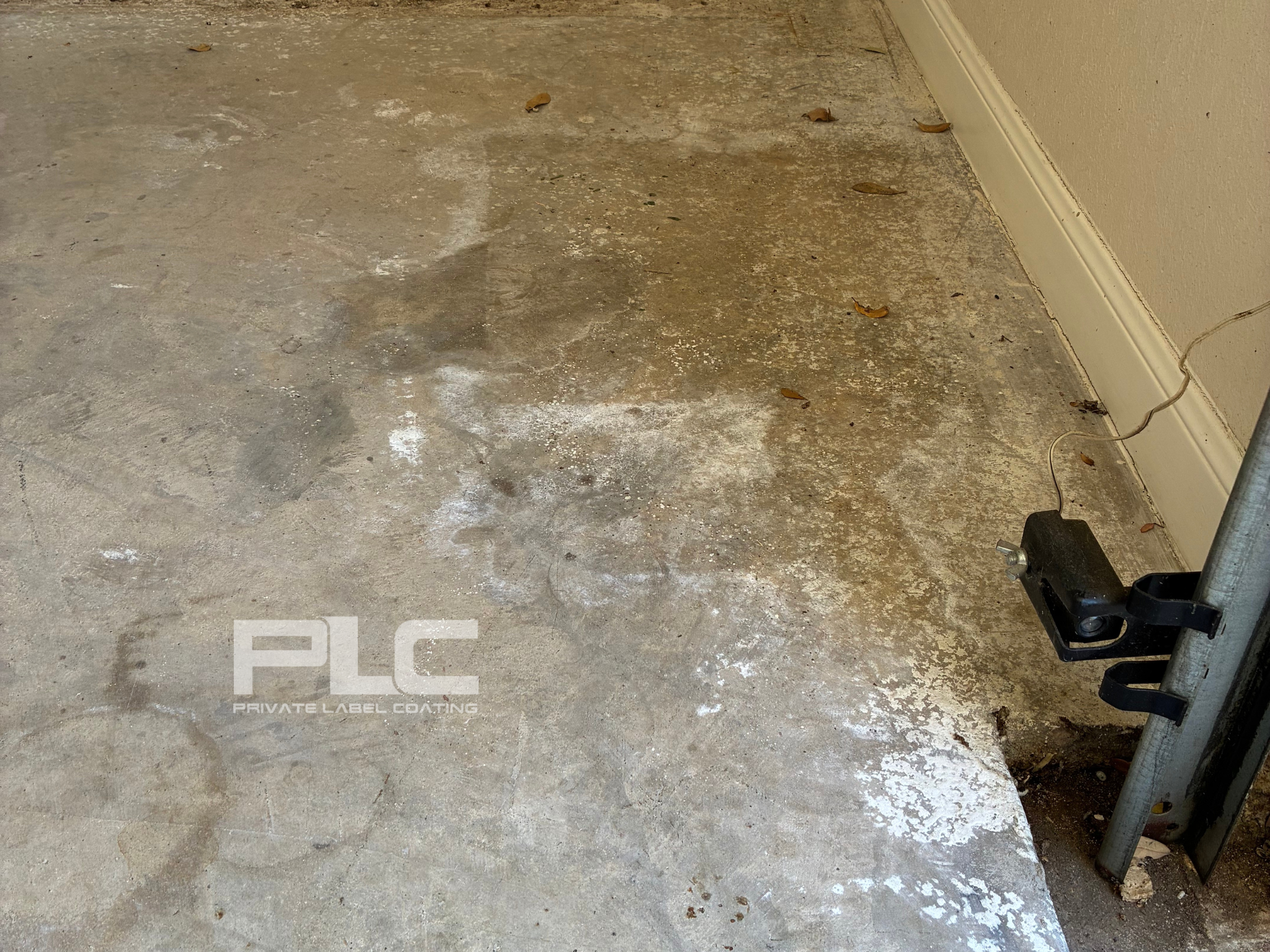When it comes to enhancing concrete, many homeowners and property owners ask the same question: Should I paint or stain my concrete floor?
At Private Label Coating (PLC), we strongly believe concrete staining is the superior option—and here’s why.
Why Staining Is Better Than Painting
While concrete paint may seem like a quick and easy solution, it often chips, peels, and fades over time, especially in high-traffic areas or outdoor spaces. Paint sits on top of the surface, offering only a temporary cosmetic improvement that’s prone to failure without constant maintenance.
Stain, on the other hand, penetrates into the surface of the concrete, enhancing its natural beauty rather than hiding it. It’s more durable, UV-resistant, and offers a more elegant, professional finish that truly lasts.
Pros of Stained Concrete:
- Aesthetic Appeal: Creates a rich, natural look that enhances the concrete’s texture.
- Durability: Because the stain penetrates the concrete, it won’t peel or chip.
- Low Maintenance: Requires minimal upkeep beyond occasional resealing.
- UV Resistance: Highly resistant to fading from sunlight.
Cons of Painted Concrete:
- Peeling and Chipping: Since paint sits on the surface, it can peel, chip, or wear away over time, especially in high-traffic areas.
- Higher Maintenance: Requires more frequent touch-ups and reapplications compared to stains.
- Moisture Sensitivity: If the concrete is not properly sealed, moisture can cause the paint to bubble or flake.
- Slippery When Wet: Some painted surfaces can become slick, though anti-slip additives can help mitigate this issue.
Due to these issues, PLC chooses to only offer stained concrete, ensuring a long-lasting, high-quality finish.
Why PLC Chooses ColorFusion Stains Over Acid Stains
While acid stains have been used for decades, they come with some major drawbacks: limited color selection, unpredictable chemical reactions, and more difficult cleanup.
At PLC, we prefer the modern solution—ColorFusion Stains.
- More Vibrant and Controlled Color Options
- Consistent Results Without Harsh Chemical Reactions
- Environmentally Friendly and Safer Application
- Faster Dry Times and Easier Maintenance
ColorFusion Stains allow us to achieve richer, more uniform tones while still showcasing the natural character of your concrete slab.
The Staining Process: Craftsmanship Matters
One of the most important steps in staining is proper surface prep. At PLC, we never cut corners.
- Surface Preparation: We start by mechanically profiling the concrete to remove dirt, sealers, or old coatings that could interfere with stain penetration. This ensures maximum bond strength and consistent color absorption.
- Repairing Imperfections: Any cracks or holes are patched with a concrete filler to ensure a smooth surface.
- Applying the Stain: Using our advanced spray application technique, we evenly apply ColorFusion Stains to create seamless, natural transitions and rich color depth.
- Sealing the Surface: Once the stain is applied and cured, we apply a premium concrete sealer to protect and enhance the final finish.
Pro Tip: Stains are semi-translucent, meaning they highlight rather than hide imperfections. Cracks, patchwork, or stains on the concrete may still show through. That’s why we take extra care to prep your surface correctly and set realistic expectations upfront.
Choose Your Finish: Matte, Satin, or Gloss
Once your stain is applied and cured, the final step is sealing—and this is where you get to choose your finish style:
- Matte Finish: A soft, natural look with minimal reflection. Great for subtle elegance.
- Satin Finish: A popular balance between natural and polished. Slight sheen, easy maintenance.
- Gloss Finish: High-impact shine for bold, rich color enhancement and wow-factor.
Each sealer provides excellent protection, but your finish choice will influence how the stain color appears under light and how the floor feels underfoot.
Stained Concrete Is an Investment in Style and Durability
Concrete staining isn’t just a coating—it’s a custom design element that enhances your space from the ground up. With proper prep, high-performance stains, and quality sealers, your stained floor will stand the test of time while offering unique character that can’t be replicated by paint or tile.
At PLC, we take pride in delivering top-tier finishes with expert craftsmanship and modern materials that outperform traditional methods.
Ready to Transform Your Floor?
Contact Private Label Coating today for a free consultation and color sample review.
Let us help you choose the right stain system and sealer for your project—and bring your concrete to life.
Because good floors aren’t just covered—they’re crafted.
Contact Us Today
Bryan: (830) 928-1945
bryan.fuelexpert@gmail.com


